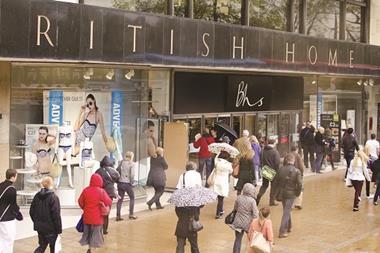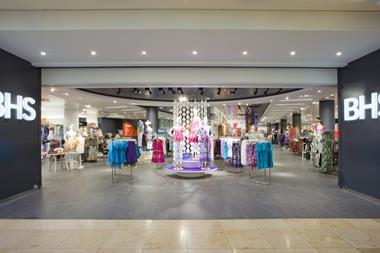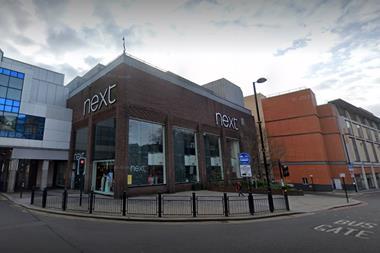The 25th of April marked a year since BHS collapsed into administration, an event that led to the loss of 11,000 jobs and an extraordinary parliamentary investigation that dragged in high-profile figures from retail, property and banking.

The demise of BHS and its aftermath was an ugly episode that shamed those involved in dragging the 90-year-old retailer to its knees. It did nothing for the reputation of the retail industry either - leading figures in the sector still moan today that the saga glorified the assumption among the public, and even politicians, that big businesses do not care about their staff and are crudely focused on making money.
It is worth re-reading and re-watching the coverage of the parliamentary hearings just to remember some of the remarkable allegations that were made. Yes, Darren Topp, the former BHS chief executive, really did claim that Dominic Chappell, the former owner, had threatened to kill him; and yes, Sir Philip Green really did ask Tory MP Richard Fuller to stop staring at him during the select committee hearing.
Since then, Green has agreed to pay £363m into the BHS pension scheme, settling an investigation by the Pensions Regulator. However, the consequences of the scandal will not be resolved for a long time.
The Insolvency Service is still investigating the former directors of BHS - which sources say could result in some being banned from acting as company directors - while the Financial Reporting Council is looking into the conduct of the auditors and the Serious Fraud Office is considering whether to launch its own probe.
On top of this, the collapse of BHS could lead to changes in the law — particularly with takeovers and pensions so that companies or individuals cannot simply offload businesses without approval from pension regulators.
Running on empty
The long-term impact on the retail and property industries could also be significant. The major high-street failures since the financial crisis have all led to changes in how we shop and the town centre in which we shop.
The demise of Woolworths opened the door to discount chains, such as Poundland and B&M, by providing them with the opportunity to grab cheap, large and well-positioned high-street units. The collapse of Comet cemented the rise of online shopping in electricals, helping AO.com to be valued at more than £600m by the stock market.

The early evidence for the failure of BHS is not promising for high streets, especially those outside London. Data compiled by retail consultancy Harper Dennis Hobbs shows just 42 of BHS’s 163 shops have found new tenants or are being redeveloped. The rest still lie vacant.
Of the 42 shops with a new purpose, 17 are in London and the South East while many others are in city centres, such as Manchester, Edinburgh, Glasgow and Birmingham.
Primark has taken at least six of the shops, while Sports Direct has taken five and Next has grabbed four. Other shops have been earmarked for redevelopment or divided into smaller units — in York, for example, a vacant store is now split between an H&M and Mountain Warehouse. However, shops in places such as Blackpool, Hamilton, Newport, Oldham and Southport remain vacant.
High Street revolution
Sources close to the liquidators of BHS say some landlords are refusing to take back the leases to the shops because the cost of business rates and refurbishing the units is too much. Many of the old BHS units remain very dated and some still contain asbestos.
This anecdotal evidence and the high number of BHS stores still empty demonstrate the pressure on high streets. It also demonstrates that statistics on national vacancy rates are painting an overly optimistic picture about the high street.
It’s likely that many BHS sites will change in use, accelerating an evolution for high streets
BHS helped to keep vacancy rates lower when it was a business, but its estate was too large for the 21st century and suffered from a lack of investment. Now that it is gone, there are not enough retailers stepping forward to take its place.
How many other legacy retailers are also flattering the statistics because they have more shops than they would like? I can certainly think of a few.

Intriguingly, at least two BHS units are being turned into banks and two into gyms. It is extremely likely that many more sites will cease becoming shops and change in use, accelerating an evolution for high streets that many retail experts have been predicting for some time.
This could be the silver lining of the demise of BHS and what it is ultimately remembered for. The collapse of the retailer could be a trigger for secondary high streets across the country to evolve from being simply a row of shops to being a community hub with a far broader purpose.
Changing the use of a shop is a time-consuming and potentially expensive process for landlords, but one that could have big rewards for them and, ultimately, the high street.






























No comments yet